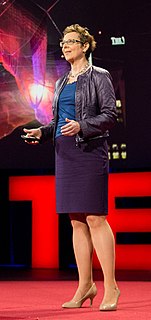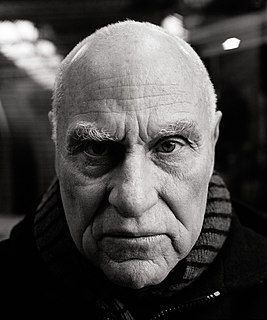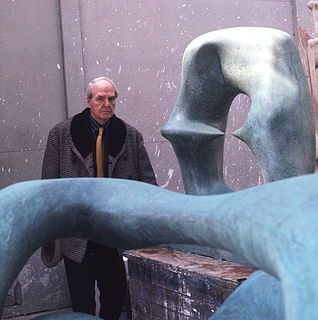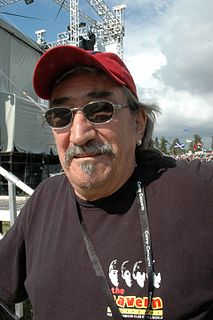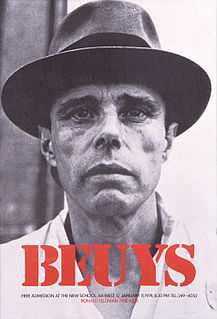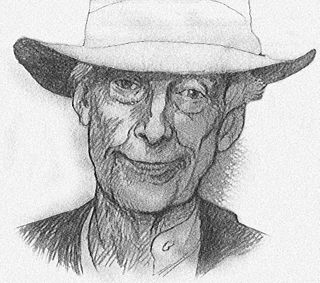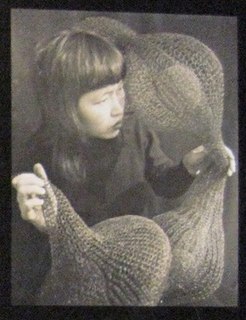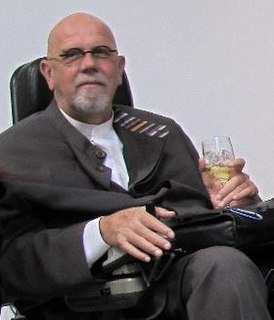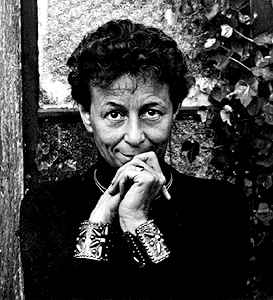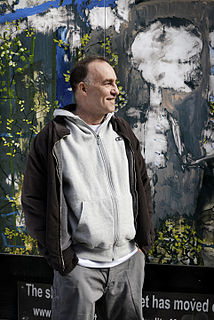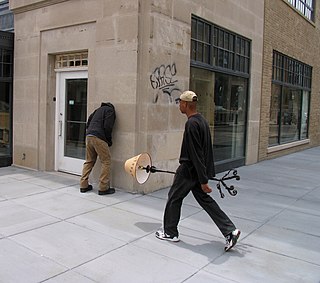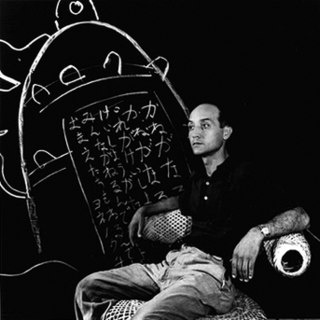A Quote by Janet Echelman
In Portugal, my sculpture 'She Changes' refers to the town's fishing history, to the era of seafaring trade and discovery. The contemporary site is industrial, surrounded by red and white striped smokestacks, which is mirrored in the pattern of the sculpture.
Related Quotes
I'd been to Stourhead and was inspired by the perfect parity between architecture and art; in fact, the architecture is the art. I wrote a piece called 'Not Sculpture Park,' because most of these things become car parks for bought-in sculpture. The artists should be working with the site, not just plonking pieces down.
After painting comes Sculpture, a very noble art, but one that does not in the execution require the same supreme ingenuity as the art of painting, since in two most important and difficult particulars, in foreshortening and in light and shade, for which the painter has to invent a process, sculpture is helped by nature. Moreover, Sculpture does not imitate color which the painter takes pains to attune so that the shadows accompany the lights.
Once I have the finished sculpture, I’ll put it out on the street or in nature or somewhere where it interacts with the environment. Really it’s kind of the idea of turning the street into a stage and this sort of urban theater has a life of its own. If you have creative drive, and you need to manifest it, then you need some sort of medium to do that through. For me, it worked out with sculpture, and tape just is a means of doing sculpture.
